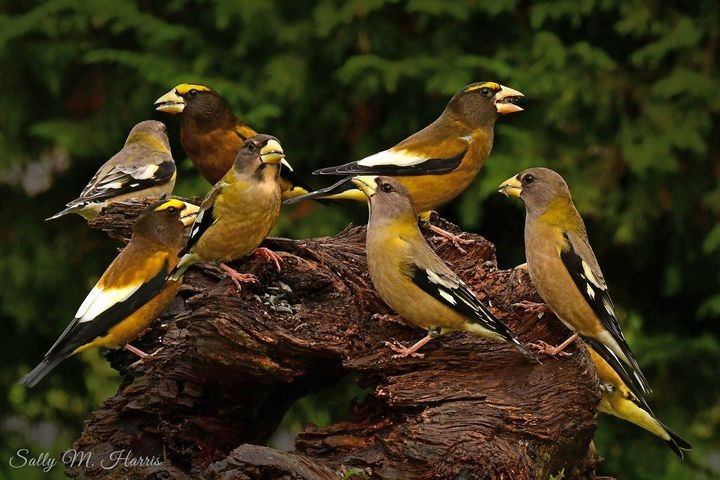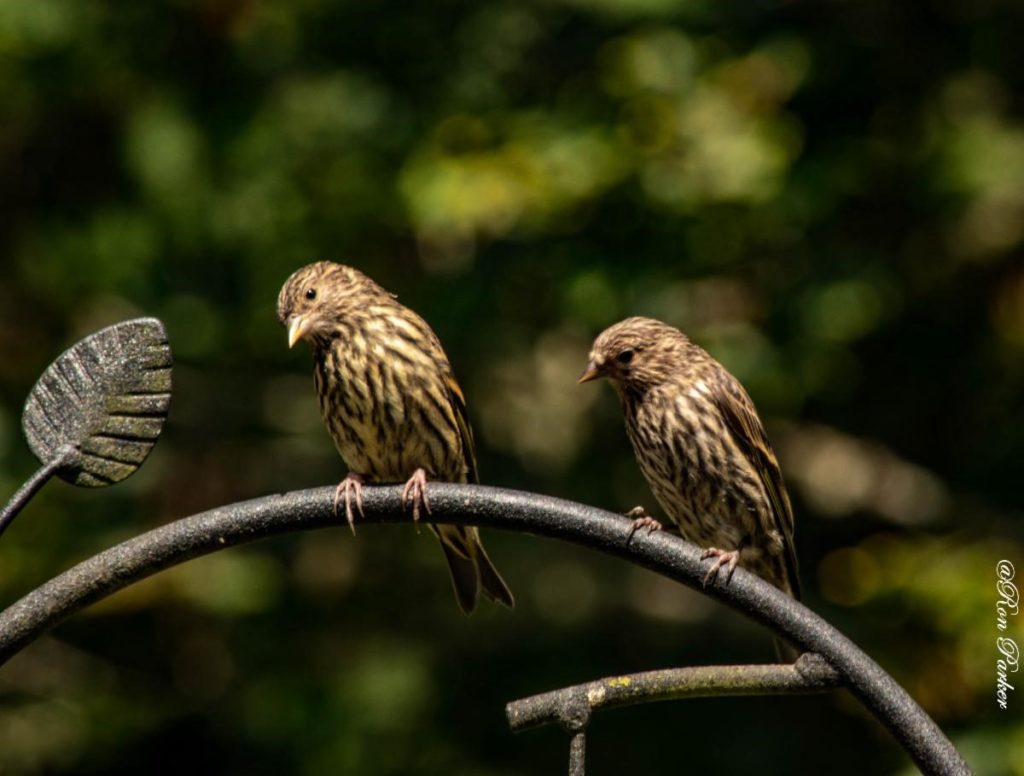
Pardon the Irruption
Many bird species routes and routines are anticipated by keen observers of the natural world. Those who watch closely know where birds are heading, where they came from, and how long they will stay.
The typical pattern in the northern hemisphere is birds move south during the colder months not to escape the cold (birds are extremely adaptable and capable of surviving in the coldest places on Earth) but to ensure continued access to a food supply.
In most cases, bird movements follow the same predictable, annual patterns as their food source.
However, the availability of certain food sources isn’t always predictable. Food abundance can be irregular and vary from year to year. For example, conifer tree species have evolved to produce seeds in boom and bust cycles. Providing an abundance of food some years, and little to none during other years. (click here to learn more:“Big Year for Doug Fir”)
The birds that rely on these trees for food (namely finch species), respond to the erratic cycles by retreating to new territory during poor crop years. Making their way into unexpected places, at unexpected times.

Want to learn more about birds in the area? The Dungeness River Audubon Center will be hosting a Virtual Beginning Birds and Birding Class this February taught by Education Coordinator Jenna Ziogas and Executive Director Powell Jones.


